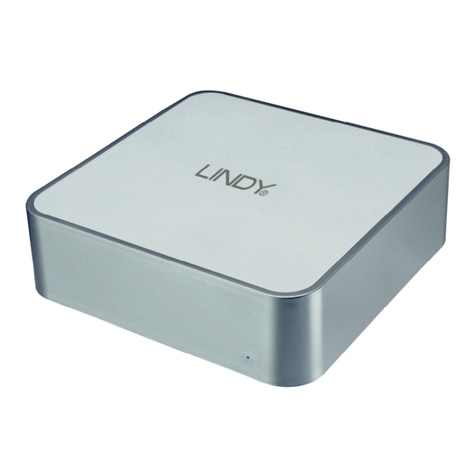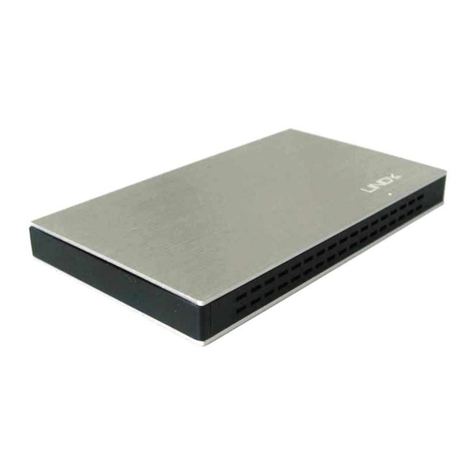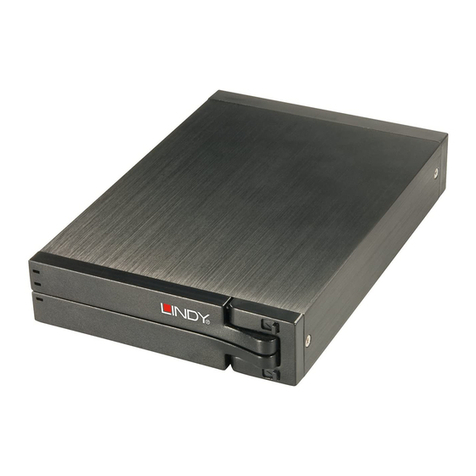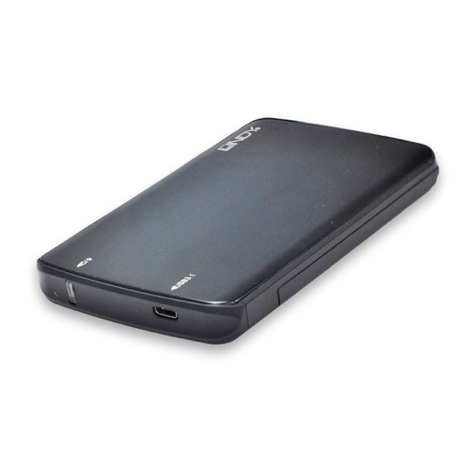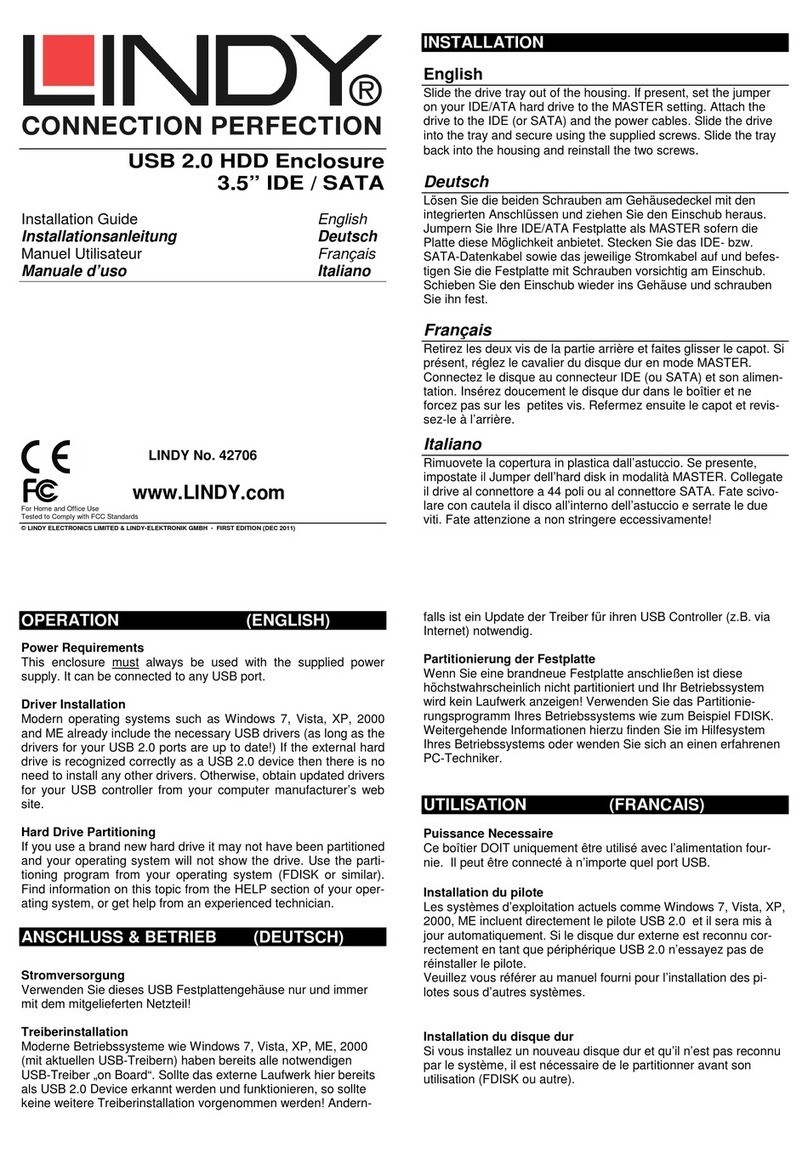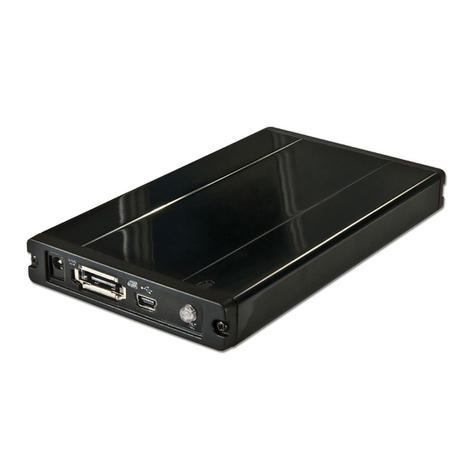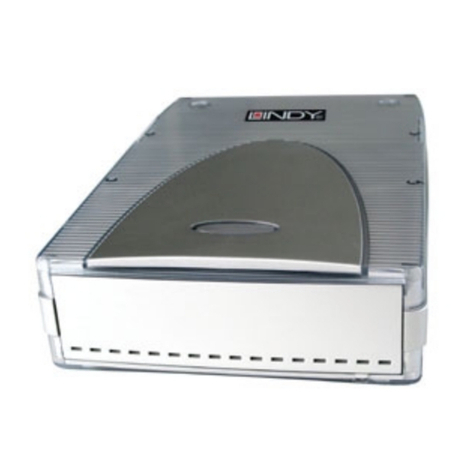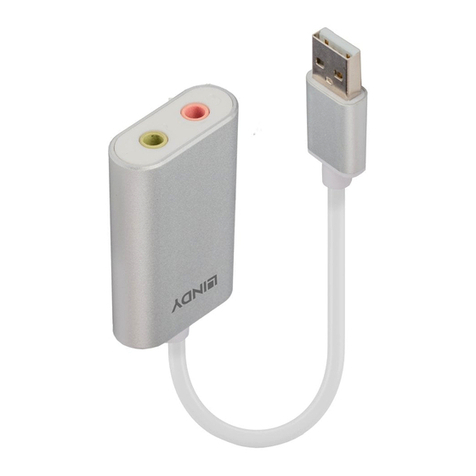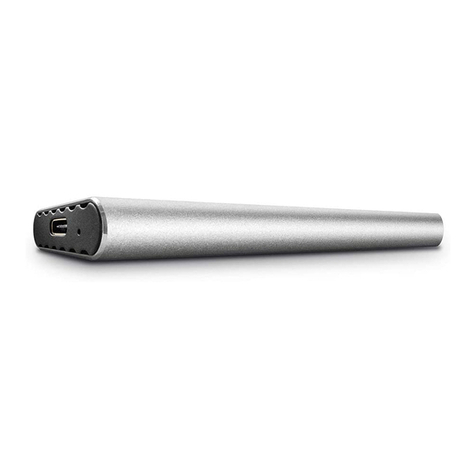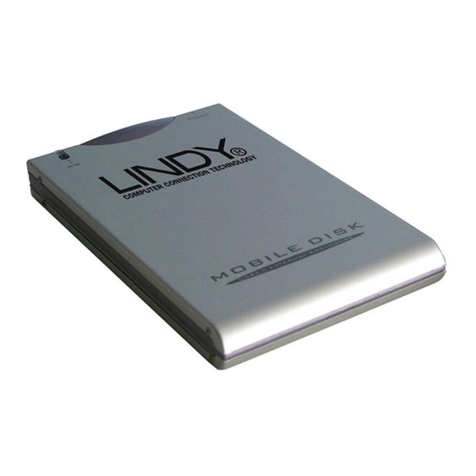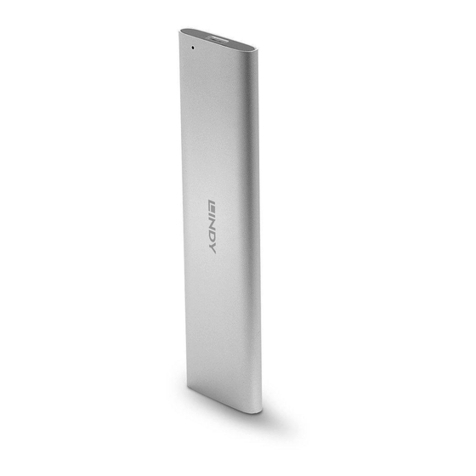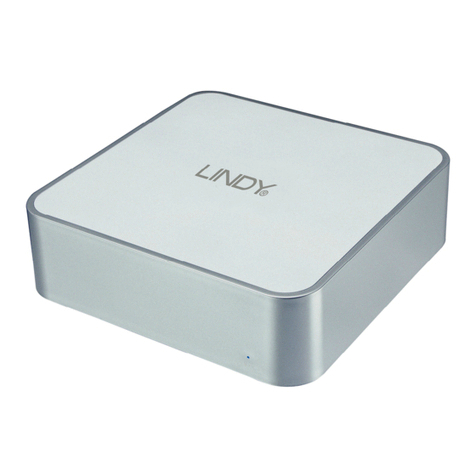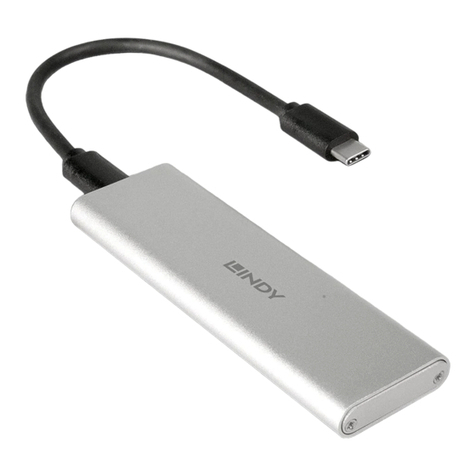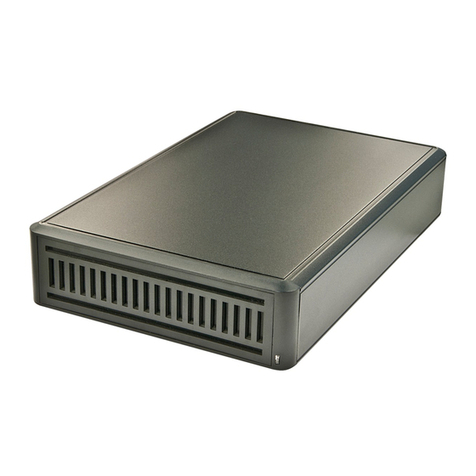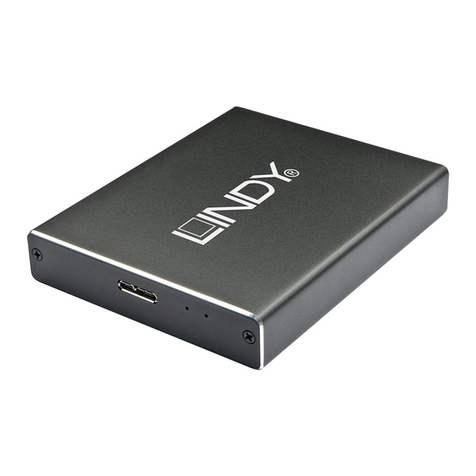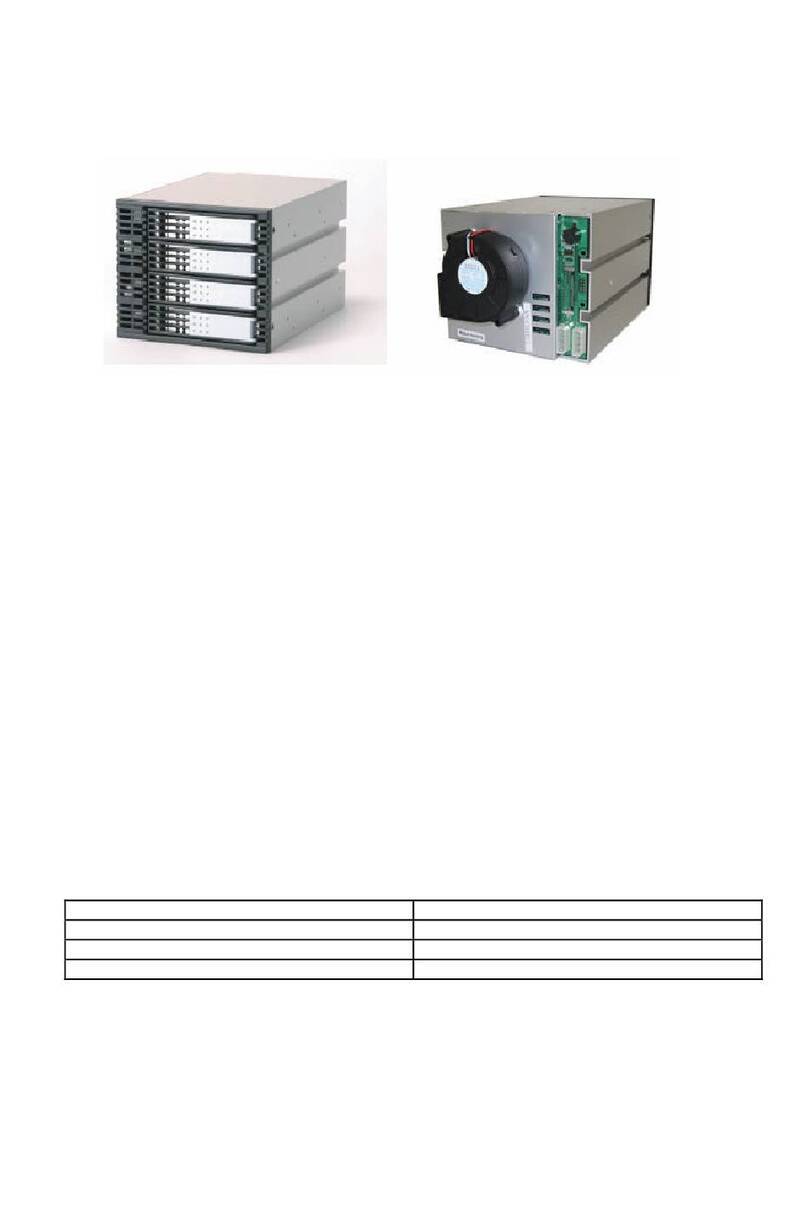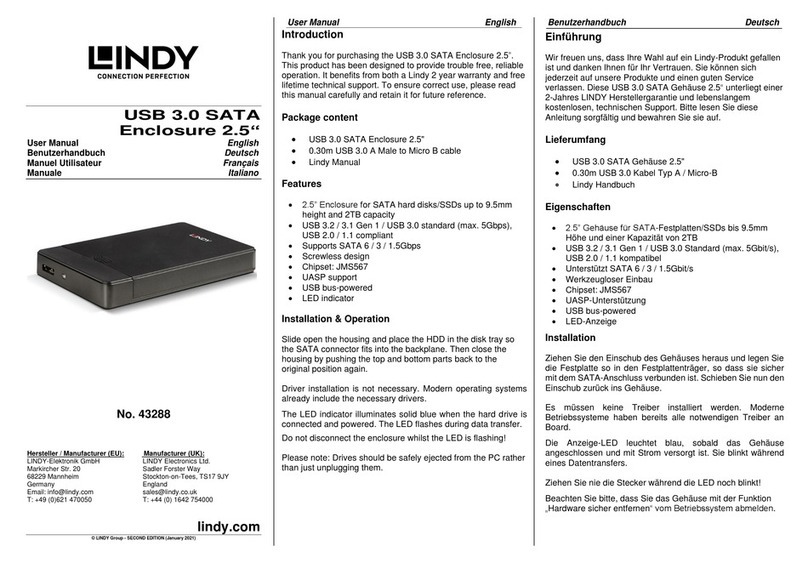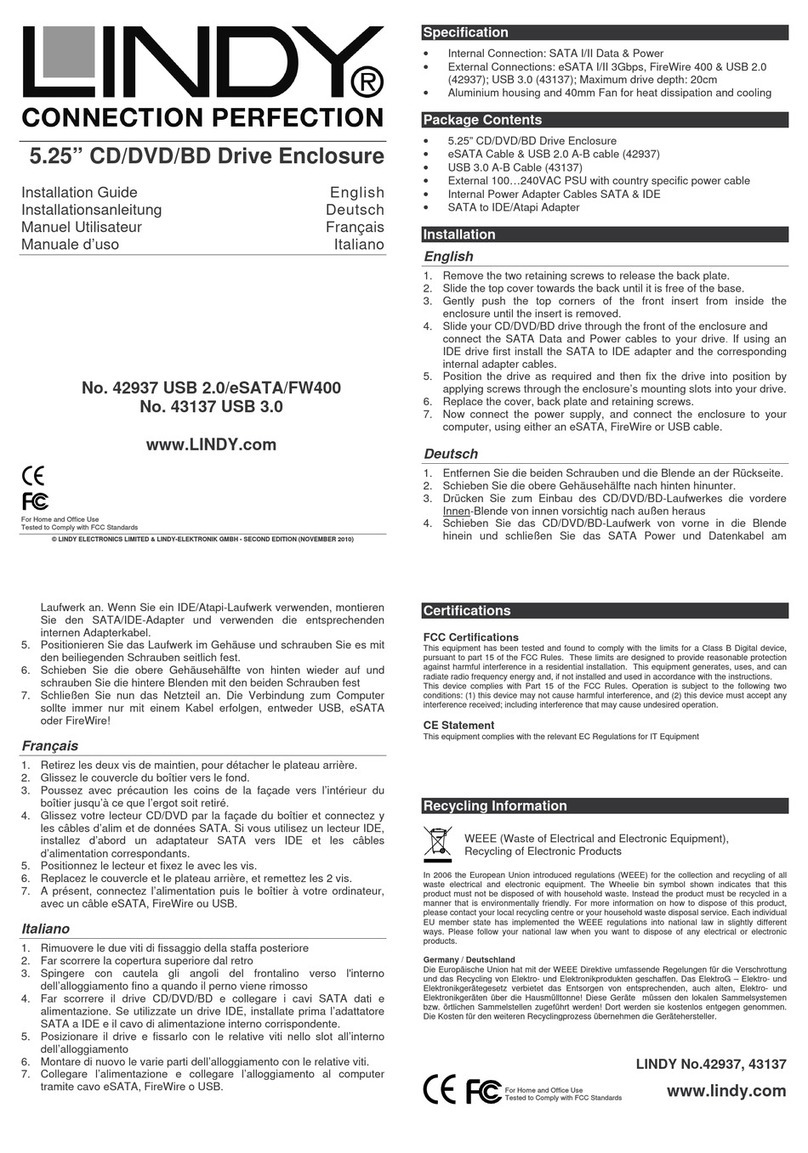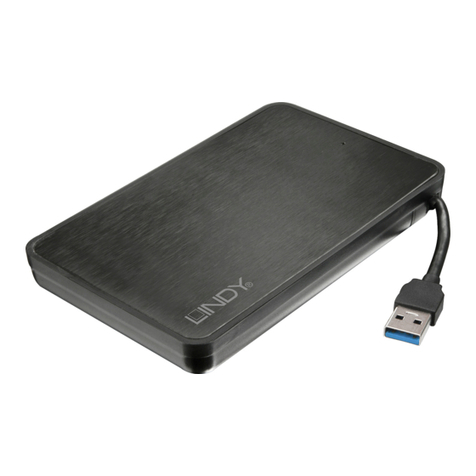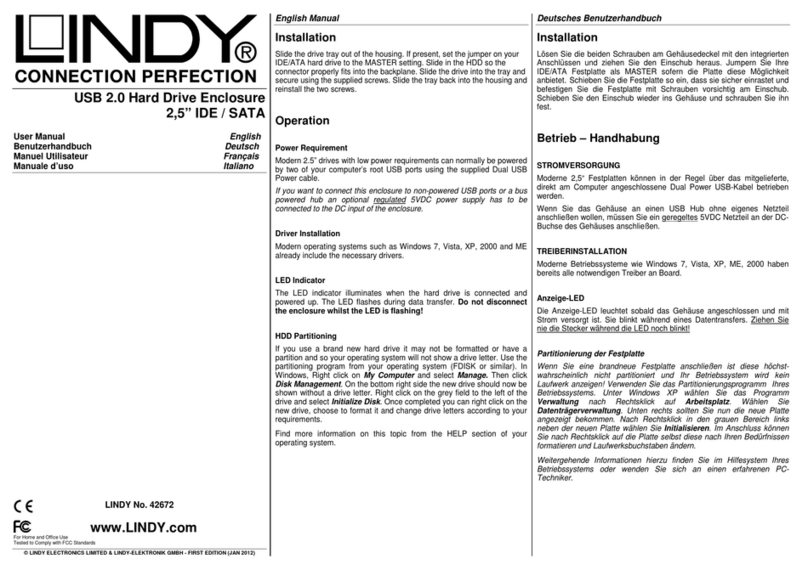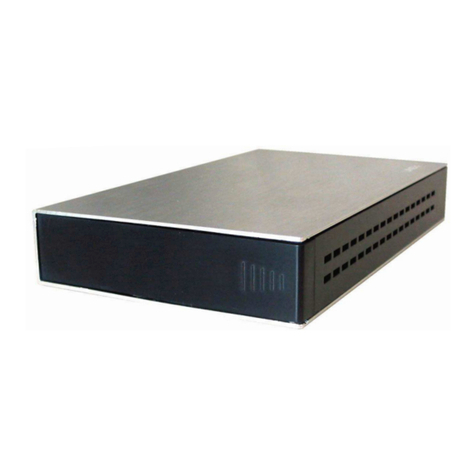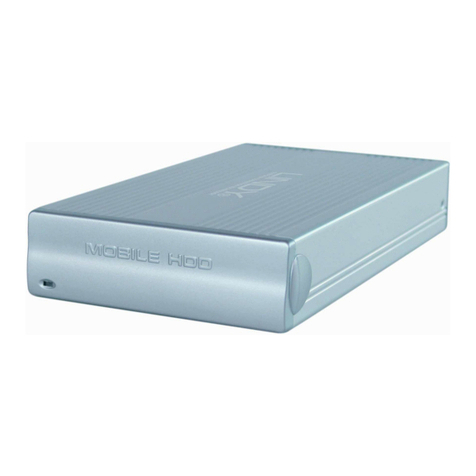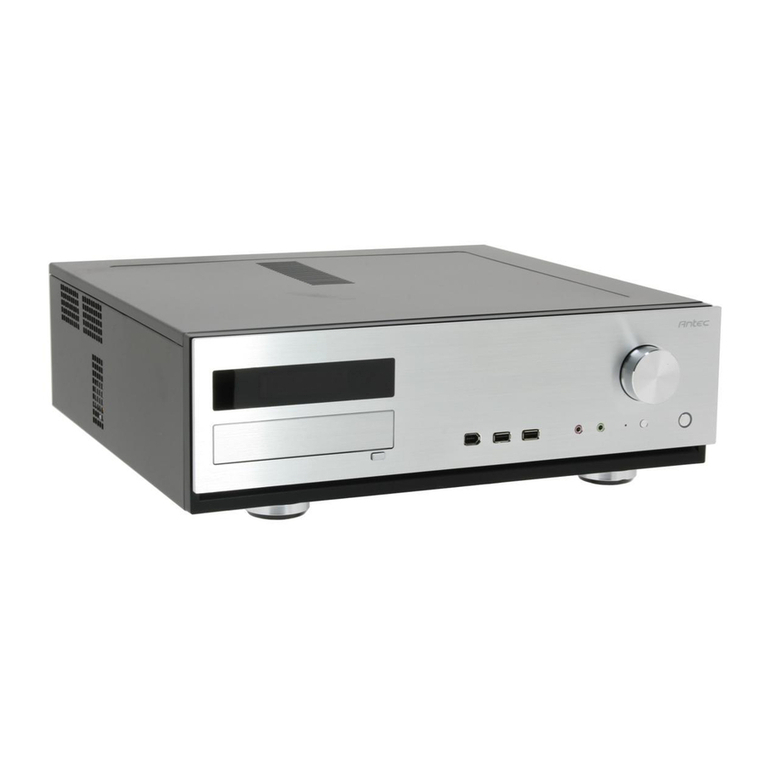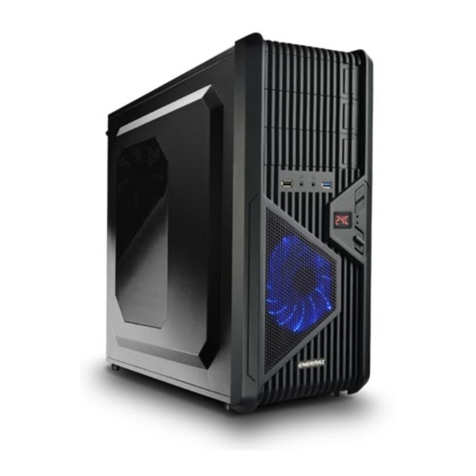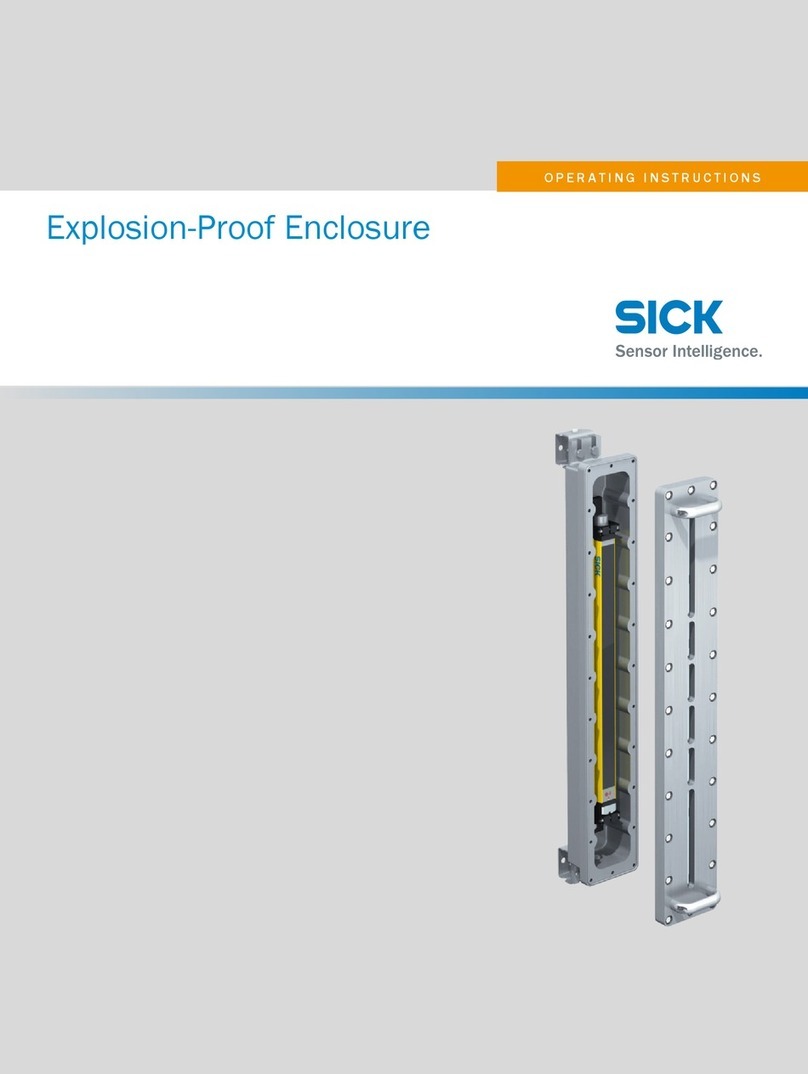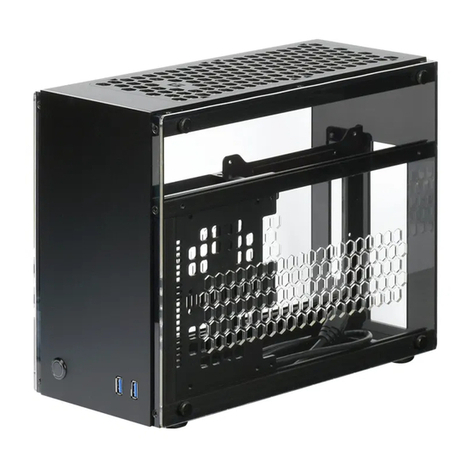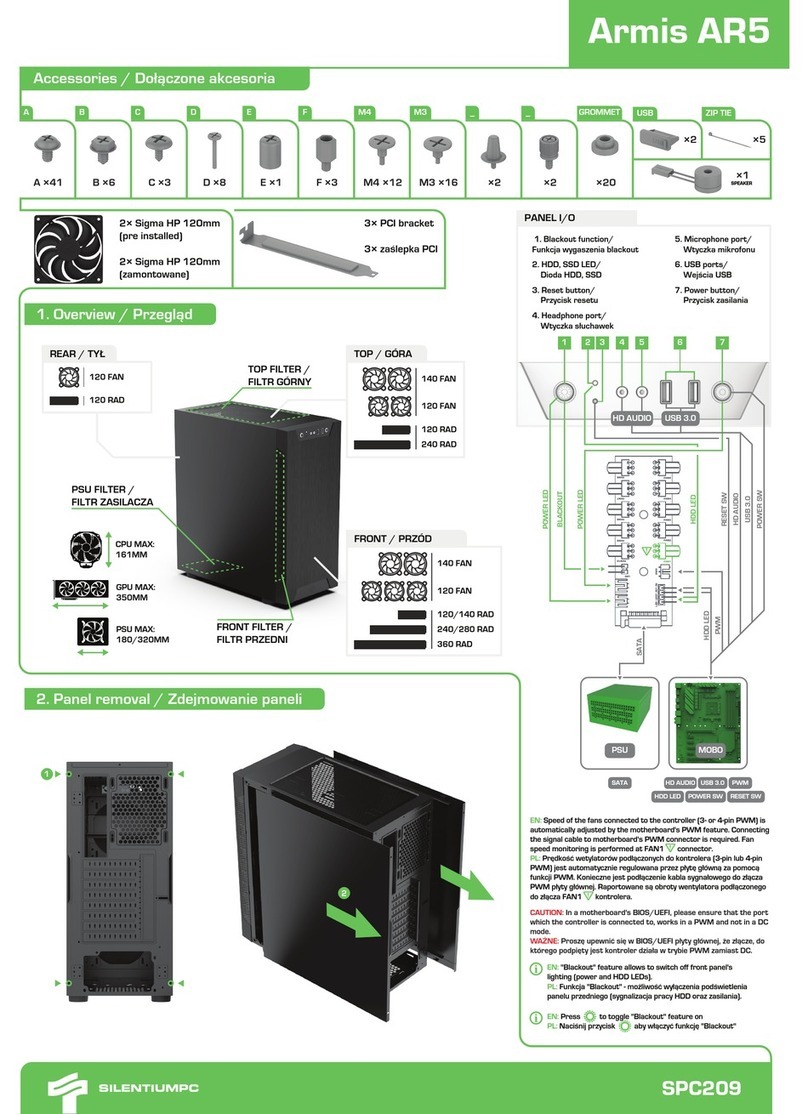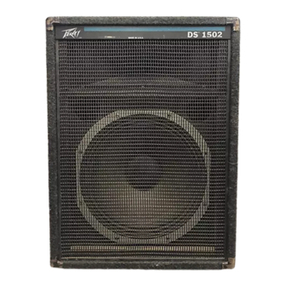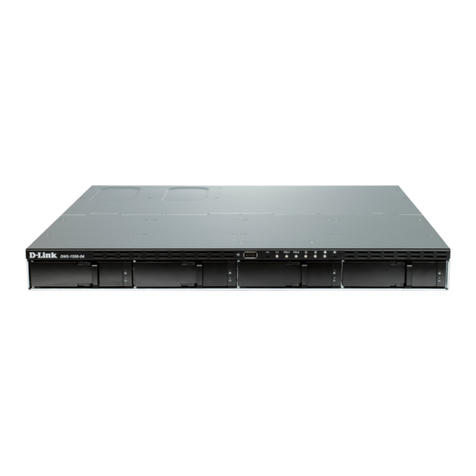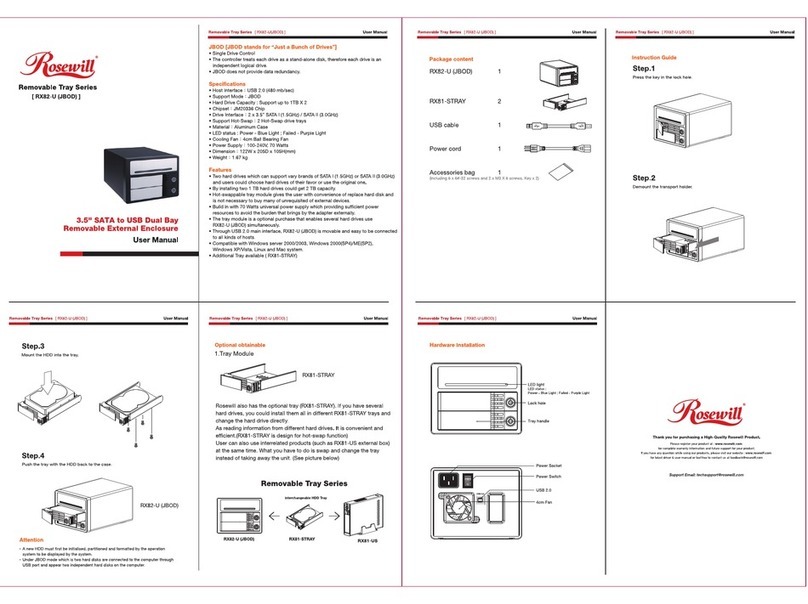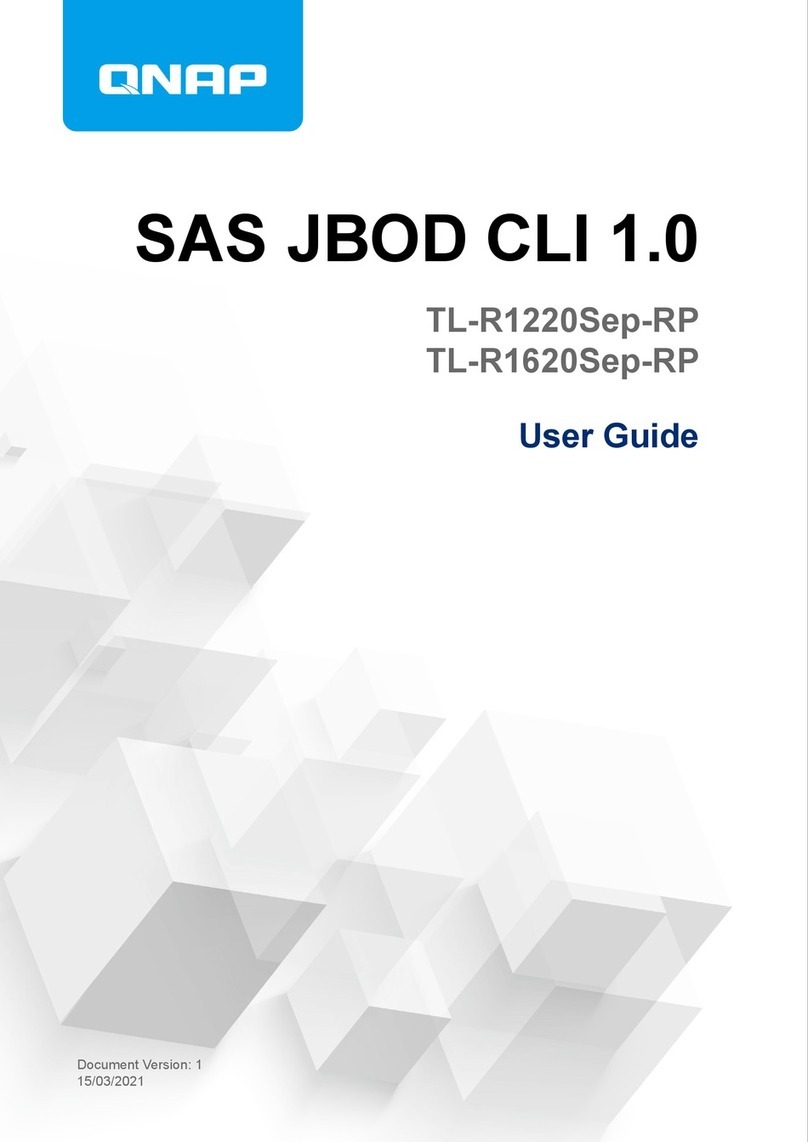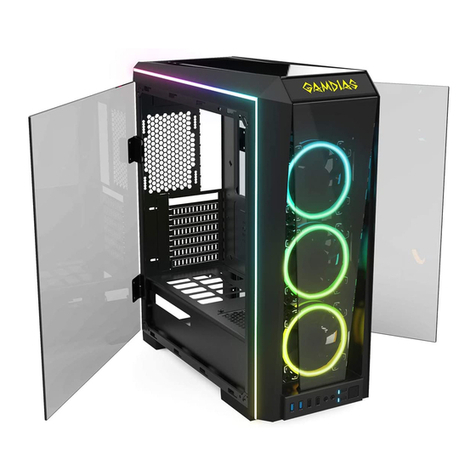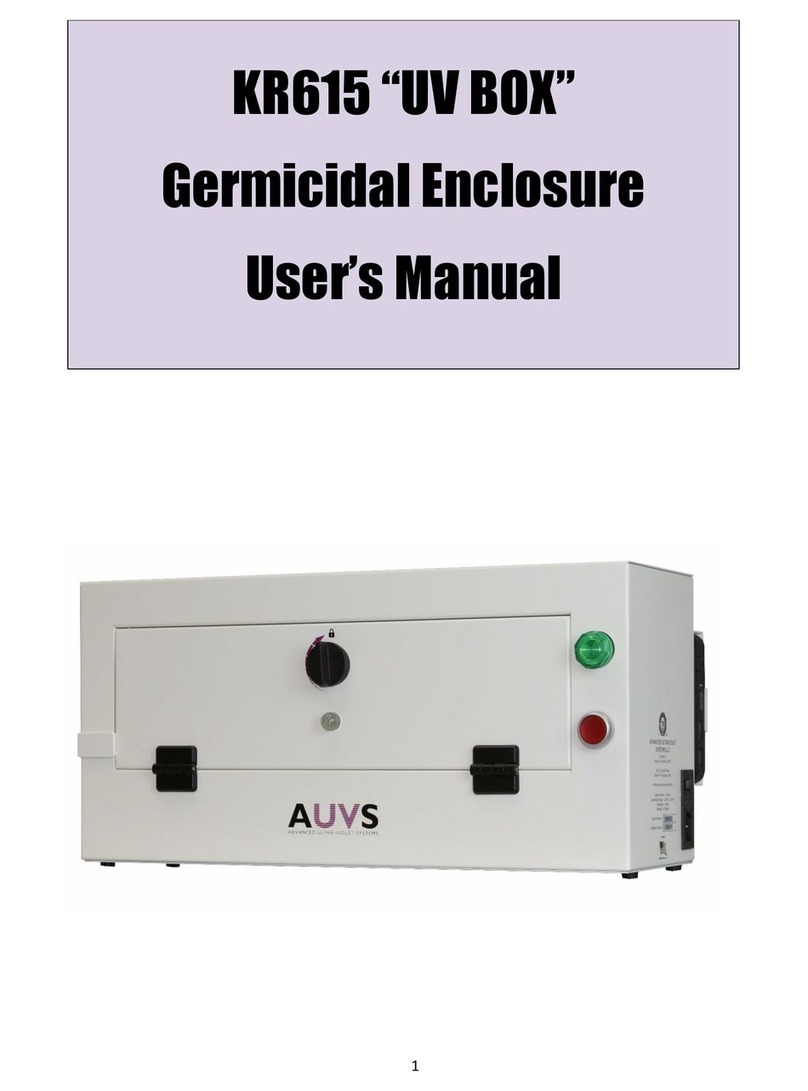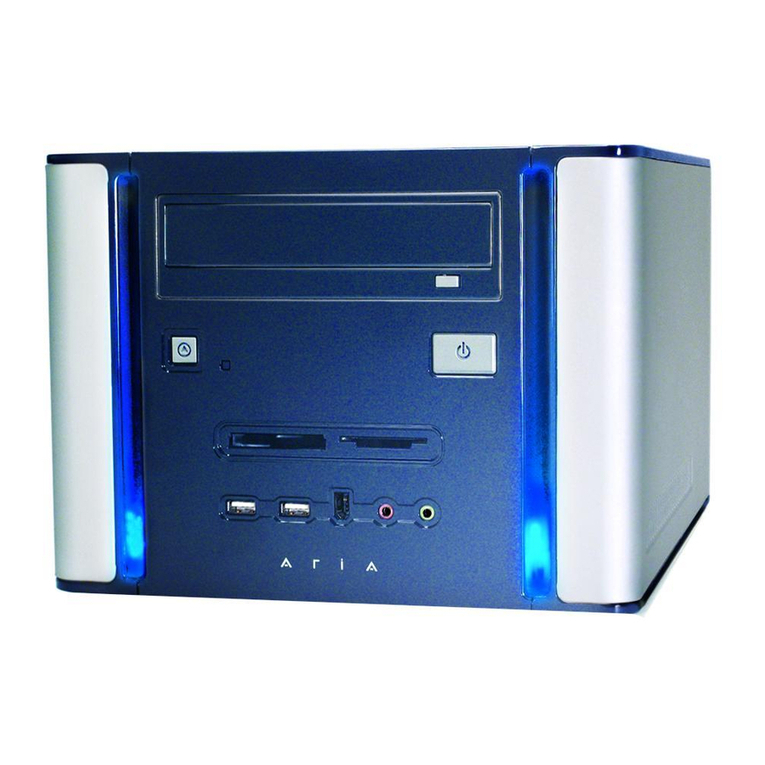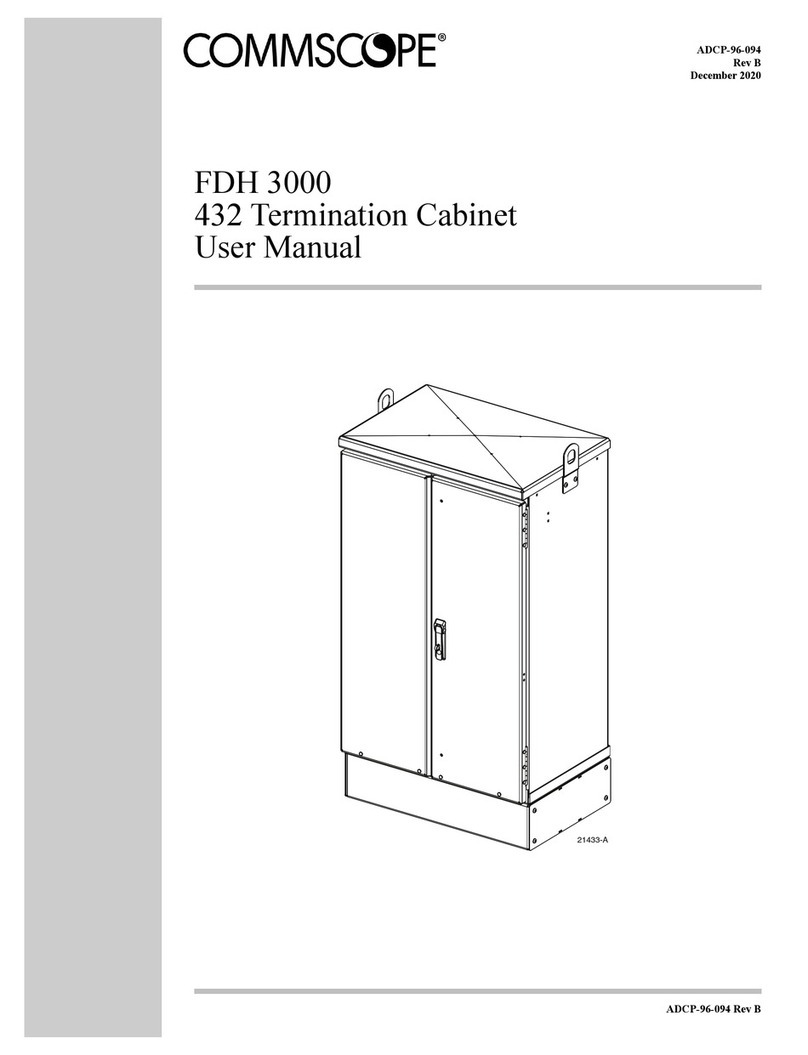
ANSCHLUSS & BETRIEB (DEUTSCH)
STROMVERSORGUNG
Moderne 2,5“ Festplatten können in der Regel über das mitgelie-
ferte, direkt am Computer angeschlossene USB-
Stromversorgungskabel betrieben werden.
Wenn Sie das Gehäuse an einen USB Hub ohne eigenes Netzteil
anschließen wollen müssen Sie ein geregeltes 5VDC Netzteil an
der DC Buchse des Gehäuses anschließen.
TREIBERINSTALLATION
Moderne Betriebssysteme wie Windows 7, Vista, XP, ME, 2000
haben bereits alle notwendigen Treiber an Board.
Anzeige-LED
Die Anzeige-LED leuchtet sobald das Gehäuse angeschlossen
und mit Strom versorgt ist. Sie blinkt während eines Datentrans-
fers. Ziehen Sie nie die Stecker während die LED noch blinkt!
Partitionierung der Festplatte
Wenn Sie eine brandneue Festplatte anschließen ist diese höchst-
wahrscheinlich nicht partitioniert und Ihr Betriebssystem wird kein
Laufwerk anzeigen! Verwenden Sie das Partitionierungsprogramm
Ihres Betriebssystems. Unter Windows XP wählen Sie das Pro-
gramm Verwaltung nach Rechtsklick auf Arbeitsplatz. Wählen
Sie Datenträgerverwaltung. Unten rechts sollten Sie nun die
neue Platte angezeigt bekommen. Nach Rechtsklick in den grau-
en Bereich links neben der neuen Platte wählen Sie Initialisieren.
Im Anschluss können Sie nach Rechtsklick auf die Platte selbst
diese nach Ihren Bedürfnissen formatieren und Laufwerksbuch-
staben ändern.
Weitergehende Informationen hierzu finden Sie im Hilfesystem
Ihres Betriebssystem oder wenden Sie sich an einen erfahrenen
PC-Techniker.
UTILISATION (français)
Alimentation
Les disques durs 2.5” modernes à faible consommation, peuvent
être alimentés par 2 ports USB en utilisant le câble USB Power
fournit. Il est également possible de l’alimenter par une alimenta-
tion externe 5VDC, si nécessaire.
Installation du pilote
Les systèmes d’exploitation actuels comme Windows 7, Vista, XP,
2000, ME incluent directement le pilote USB et il sera mis à jour
automatiquement.
Indicateurs LED
La LED s’allume lorsque le disque est connecté et alimenté. La
LED clignote durant le transfert de données. Ne débranchez
jamais le boîtier à ce moment là !
Partition du disque dur
Si vous installez un nouveau disque dur et qu’il n’est pas reconnu
par le système, il est nécessaire de le partitionner avant son
utilisation (FDISK ou autre).
Cliquer sur Démarrer, puis click droit sur “Poste de Travail”, choi-
sir l’option “Gérer”, ensuite cliquer sur “Gestions des Disques”.
Vous devez voir apparaître le nouveau disque sans attribution de
lettre. Faites un clic droit sur la zone grisée, pour formater, ou
changer la lettre du lecteur et les chemins d’accès
Pour de plus amples informations veuillez vous référer à la section
Aide de votre système d’exploitation, ou auprès d’un technicien
expérimenté.
UTILIZZO (ITALIANO)
Alimentazione richiesta
I moderni Hard Disk da 2.5” vengono alimentati direttamente
tramite due porte USB del computer al quale è collegato utilizzan-
do il cavo USB Power incluso nella fornitura.
Se collegate questo astuccio a porte USB non alimentate o ad un
hub USB bus-powered, occorre utilizzare un alimentatore esterno
opzionale regolabile da 5VDC con l’astuccio
Installazione dei Driver
I sistemi operativi moderni come Windows 7,Vista, XP, 2000 e ME
includono già tutto i driver necessari.
Indicatore LED
Il LED si illumina quando l’Hard Disk è connesso e acceso,
mentre lampeggia durante il trasferimento dati. NON disconnette-
te il disco mentre il LED sta lampeggiando.
Partizionamento dell’Hard Disk
Se state utilizzando un Hard Disk nuovo esso potrebbe non
essere formattato o partizionato e quindi non viene visto dal
sistema operativo in Risorse del Computer. Utilizzate il
programma di partizionamento del vostro sistema operativo
(FDISK o similare). Su Windows, cliccare col tasto destro del
mouse su Risorse del Computer e selezionare Gestione. Quindi
cliccate su Gestione Disco. In questo campo dovreste poter
vedere il disco in questione senza alcuna lettera assegnata.
Cliccare col tasto destro su questo campo e selezionare
Inizializza disco. Seguire la configurazione guidata, formattare il
disco ed assegnare una lettera.
Potrete trovare informazioni su questa operazione nella guida del
vostro sistema operativo o chiedete aiuto ad un tecnico esperto.
Certifications
FCC Certifications
This equipment has been tested and found to comply with the limits for a Class A digital device,
pursuant to part 15 of the FCC Rules. These limits are designed to provide reasonable protection
against harmful interference when the equipment is operated in a commercial environment. This
equipment generates, uses, and can radiate radio frequency energy and, if not installed and used in
accordance with the instruction manual, may cause harmful interference to radio communications.
Operation of this equipment in a residential area is likely to cause harmful interference in which
case the user will be required to correct the interference at their own expense.
This device complies with Part 15 of the FCC Rules. Operation is subject to the following two
conditions: (1) this device may not cause harmful interference, and (2) this device must accept any
interference received; including interference that may cause undesired operation.
Recycling Information
WEEE (Waste of Electrical and Electronic Equipment),
Recycling of Electronic Products
In 2006 the European Union introduced regulations (WEEE) for the collection and recycling of all
waste electrical and electronic equipment. The Wheelie bin symbol shown indicates that this
product must not be disposed of with household waste. Instead the product must be recycled in a
manner that is environmentally friendly. For more information on how to dispose of this product,
please contact your local recycling centre or your household waste disposal service. Each individual
EU member state has implemented the WEEE regulations into national law in slightly different
ways. Please follow your national law when you want to dispose of any electrical or electronic
products.
Germany / Deutschland
Die Europäische Union hat mit der WEEE Direktive umfassende Regelungen für die Verschrottung
und das Recycling von Elektro- und Elektronikprodukten geschaffen. Das ElektroG – Elektro- und
Elektronikgerätegesetz verbietet vom 24.März 2006 an das Entsorgen von entsprechenden, auch
alten, Elektro- und Elektronikgeräten über die Hausmülltonne! Diese Geräte müssen den lokalen
Sammelsystemen bzw. örtlichen Sammelstellen zugeführt werden! Dort werden sie kostenlos
entgegen genommen. Die Kosten für den weiteren Recyclingprozess übernimmt die Gesamtheit
der Gerätehersteller.
LINDY No.43101
www.lindy.com
For Home and Office Use
Tested to Comply with FCC Standards
